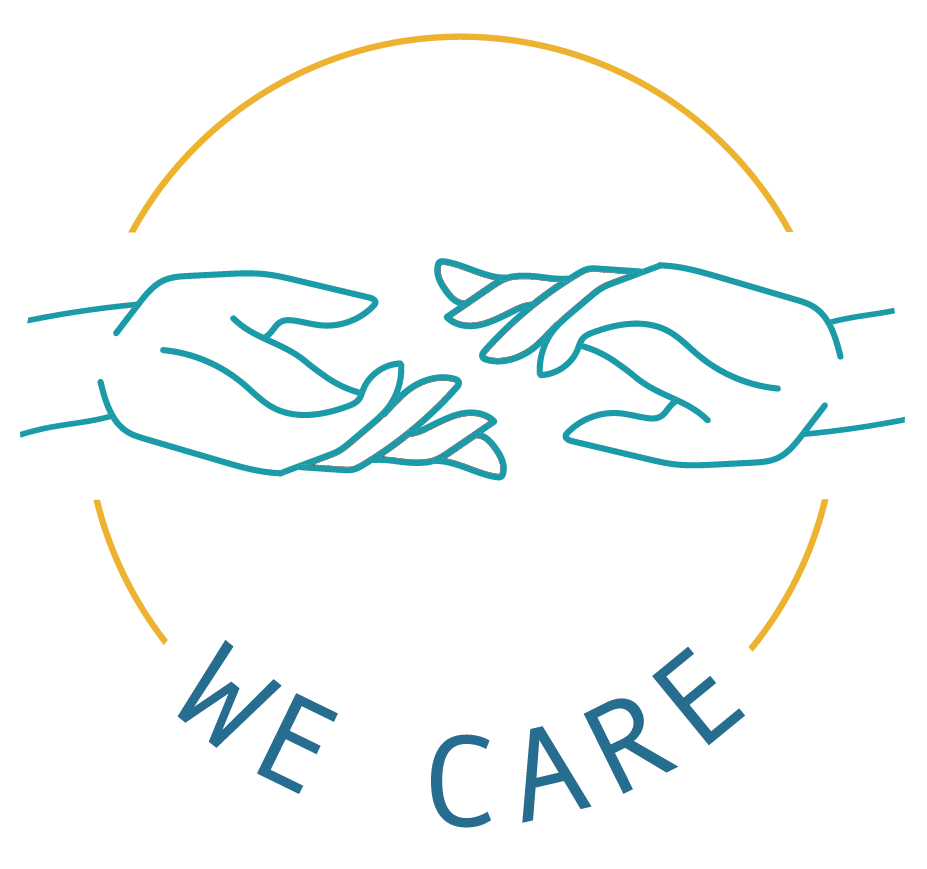Migrant Women Learning And Teaching Through Participatory Photography
In this article, two studies that involved participatory photography with women in Nova Scotia who had recently immigrated to Canada (“Refugees Learning and Storytelling through Participatory Photography” (2013–2015), and “Refugees/ Immigrants and Refugee Claimants: Negotiating Place and Perceptions” (2015–2017)) were discussed. Using a feminist theoretical perspective, the participants’ photographs and transcripts of meetings to identify the women’s learning processes were examined. Reflections on the impact that these arts‑based projects had on participants, that participatory photography can enhance collective understanding of migration, including the gendered realities of migration, are concluded.
Participatory Photography is a method that emphasizes artmaking, specifically visual images, as a means by which participants name their realities, tell their stories, and create awareness of their experiences and circumstances within a group and, possibly, with a wider audience. With the aim to develop self‑awareness and collective knowledge, participatory photography is a valuable research method for researchers and educators working with marginalized groups (Prins, 2010), such as social and ethnic groups (Gotschi, Delve, & Freyer, 2009), and “for participants and researchers who do not all speak the same languages” (Brigham, 2015).
DATA
- CategoryMethodologies and pedagogical approaches
- CountryCanada
- LanguageEnglish
- Type of fileDocument

